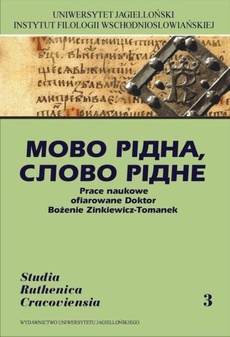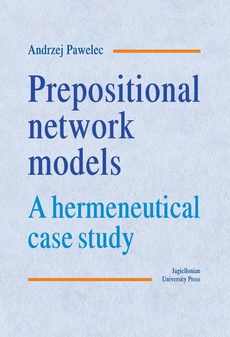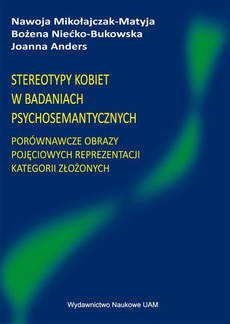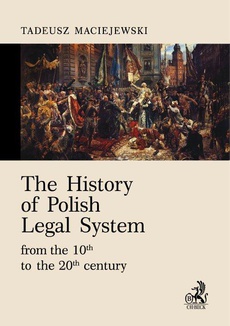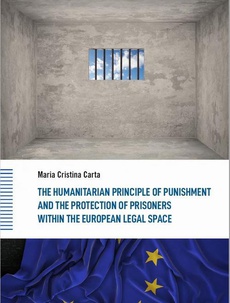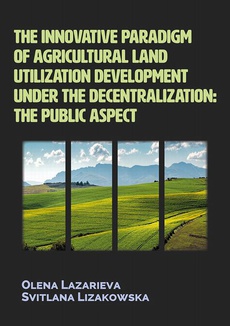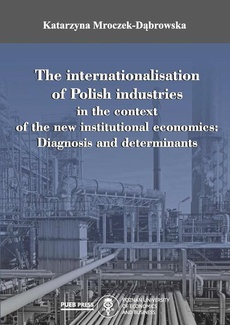POLECAMY
The Puzzle of (Un)Countability in English. A Study in Cognitive Grammar
Autor:
Wydawca:
Format:
pdf, ibuk
Monografia poświęcona jest policzalności i niepoliczalności rzeczownika w języku angielskim. Książkę rozpoczyna przegląd literatury poświęconej temu zagadnieniu począwszy od pierwszych gramatyk, w których podjęto analizę tego tematu, poprzez najważniejsze osiągnięcia różnych podejść: logicznego, morfologicznego, syntaktycznego, semantycznego oraz pragmatycznego. Przegląd kończy ujęcie tego zagadnienia z punktu widzenia Gramatyki Kognitywnej, która jednocześnie stanowi bazę teoretyczną przeprowadzonej w drugiej części monografii analizy.
Opierając się na autentycznym materiale językowym, autor podejmuje się weryfikacji jednego z twierdzeń Gramatyki Kognitywnej, iż prawdopodobnie każdy rzeczownik może wystąpić zarówno w formie policzalnej, jak i niepoliczalnej. Ponadto, autor wskazuje szereg prawidłowości, według których następuje zmiana omawianych własności gramatycznych rzeczownika, a które nierozerwalnie związane są z ekstensją znaczenia.
| Rok wydania | 2017 |
|---|---|
| Liczba stron | 202 |
| Kategoria | Językoznawstwo |
| Wydawca | Uniwersytet Śląski |
| ISBN-13 | 978-83-226-3207-9 |
| Numer wydania | 1 |
| Język publikacji | angielski |
| Informacja o sprzedawcy | ePWN sp. z o.o. |
Ciekawe propozycje
Spis treści
| Table of contents | |
| Preface/ | 7 |
| Introduction / | 9 |
| 1. Approaches to (un)countability – An overview / | 13 |
| 1.1 The major directions of exploration of countability and uncountability / | 14 |
| 1.1.1 The philosophical heritage / | 14 |
| 1.1.2 The grammatical view / | 15 |
| 1.1.3 The ontological view / | 20 |
| 1.1.4 The semantic view / | 22 |
| 1.1.4.1 The first accounts / | 22 |
| 1.1.4.2 The formal approaches to language / | 25 |
| 1.1.4.3 The cognitive turn / | 34 |
| 1.1.5 The pragmatic view / | 42 |
| 1.1.6 The regularities of extension in linguistic research / | 45 |
| 1.2 The Cognitive Grammar framework / | 49 |
| 1.2.1 General assumptions / | 50 |
| 1.2.1.1 The conceptual content and construal / | 51 |
| 1.2.1.2 Approaches to metonymy and metaphor / | 55 |
| 1.2.2 The noun / | 58 |
| 1.2.3 Countability and uncountability / | 62 |
| 1.2.3.1 Conceptual foundations / | 63 |
| 1.2.3.2 The claim concerning countability and uncountability of nouns / | 66 |
| 1.2.3.3 Regularities of semantic extension / | 67 |
| 1.3 Cognitive Grammar in the context of other theories / | 69 |
| 2. The analysis / | 79 |
| 2.1 The methodology of the research / | 79 |
| 2.1.1 The type and number of nouns / | 80 |
| 2.1.2 The corpus / | 82 |
| 2.1.3 The grammatical criteria of selection / | 85 |
| 2.1.4 Notation and terminology / | 88 |
| 2.2 Mass extensions of count nouns / | 91 |
| 2.2.1 The pattern [[object]c → [mass dimension of the object]u] / | 95 |
| 2.2.1.1 [[object]c → [spatial dimension of the object]u] / | 96 |
| 2.2.1.2 [[object]c → [substance that the object is made of]u] / | 107 |
| 2.2.1.3 [[object]c → [part of the object]u] / | 109 |
| 2.2.1.4 [[object]c → [property of the object]u] / | 111 |
| 2.2.1.5 [[object]c → [capability of the object]u] / | 116 |
| 2.2.2 The pattern [[object]c → [mass dimension associated with the object]u] / | 117 |
| 2.2.2.1 [[object]c → [substance contained in the object]u] / | 118 |
| 2.2.2.2 [[object]c → [part of an object contiguous to the object]u] / | 118 |
| 2.2.2.3 [[object]c → [action associated with the object]u] / | 119 |
| 2.2.3 The pattern [[object]c → [aggregate of objects]u] / | 122 |
| 2.2.4 Chains of reference points / | 125 |
| 2.3 Count extensions of mass nouns / | 128 |
| 2.3.1 The pattern [[substance/ aggregate of things]u → [bounded amount of the substance/ limited number of individual things]c] / | 134 |
| 2.3.1.1 [[substance]u → [thing made of the substance]c] / | 135 |
| 2.3.1.2 [[substance]u → [thing for which the substance is a salient component]c] / | 137 |
| 2.3.1.3 [[substance/ aggregate of things]u → [thing that has a property of the substance/ the aggregate of things]c] / | 140 |
| 2.3.1.4 [[substance/ aggregate of things]u → [limited amount of the substance/ limited number of elements of the aggregate] c] / | 142 |
| 2.3.1.5 [[substance/ aggregate of things]u → [container that holds a limited amount of the substance/ number of the things]c] / | 151 |
| 2.3.1.6 [[aggregate of things]u → [place that holds a number of things]c] / | 153 |
| 2.3.1.7 [[substance/ aggregate of things]u → [thing associated with the substance/ the aggregate of things]c] / | 154 |
| 2.3.1.8 [[substance/ aggregate of things]u → [action associated with the substance/ the aggregate of things]c] / | 157 |
| 2.3.2 The pattern [[substance/ aggregate of things]u → [kind of the substance/ aggregate of things]c] / | 159 |
| 2.4 Conclusions and discussion / | 165 |
| 2.4.1 Results of the analysis / | 165 |
| 2.4.1.1 Count nouns / | 165 |
| 2.4.1.2 Mass nouns / | 167 |
| 2.4.2 General discussion / | 171 |
| Bibliography / | 181 |
| Dictionaries / | 194 |
| Appendix / | 195 |
| Streszczenie / | 197 |
| Résumé / | 198 |











